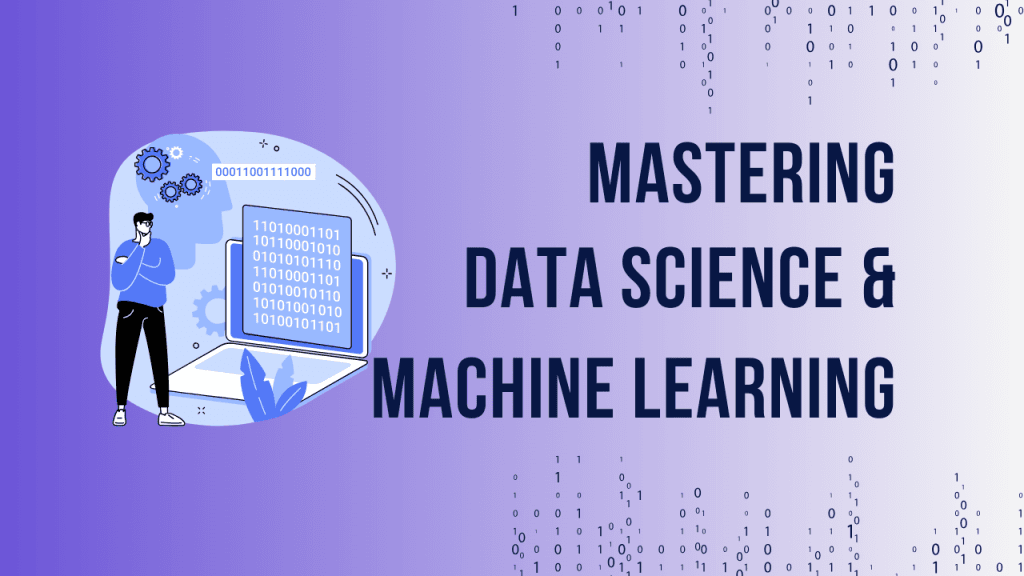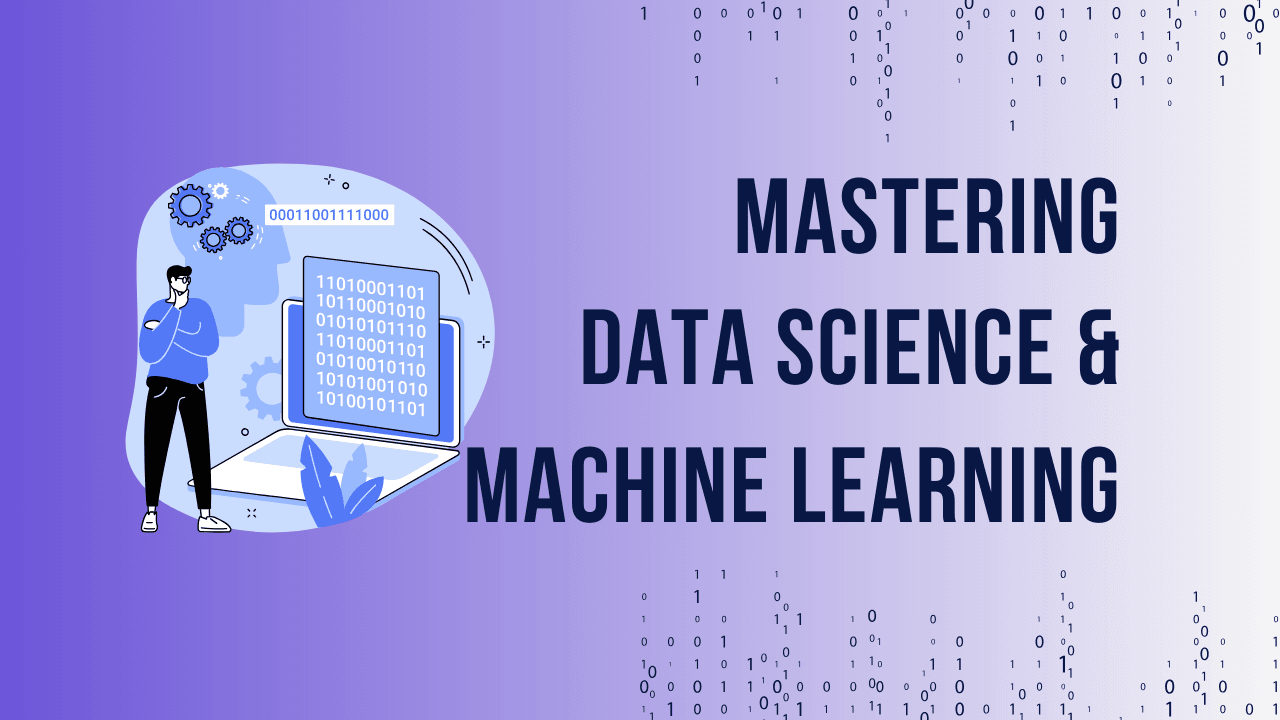Table of Contents
ToggleIntroduction
Imagine standing at a four-way intersection where no car can move because each one is waiting for the other to go first. That’s a deadlock in action. In the digital world, deadlock in DBMS occurs when database processes are stuck in a similar loop, waiting indefinitely. This article breaks down deadlocks through relatable examples and discusses their significance in database management.
Understanding the Concept of Deadlocks
What is a Deadlock?
A deadlock is a situation where processes cannot proceed because they are waiting for each other to release resources. It’s like two people holding each other’s wallets and refusing to let go until they get their own back.
Why Do Deadlocks Occur?
Deadlocks occur due to four conditions:
- Mutual Exclusion: Resources are non-shareable.
- Hold and Wait: A process holds one resource and waits for another.
- No Preemption: Resources can’t be forcibly taken away.
- Circular Wait: A cycle of processes waiting for each other.
Unlock Your Data Science & ML Potential with Python
Join our hands-on courses and gain real-world skills with expert guidance. Get lifetime access, personalized support, and work on exciting projects.


Unlock Your Data Science & ML Potential with Python
Join our hands-on courses and gain real-world skills with expert guidance. Get lifetime access, personalized support, and work on exciting projects.
Real-Life Examples of Deadlocks
Traffic Gridlock
Think of a busy intersection where vehicles are waiting for others to move. This perfectly represents circular wait, a common cause of deadlocks in DBMS.
Dining Philosophers Problem
Imagine five philosophers sitting at a round table, each needing two forks to eat, but there’s only one fork between each of them. If all pick up one fork and wait, no one eats—similar to resource allocation in databases.
Deadlock in Daily Activities
Elevator Usage
Have you ever been in a situation where two elevators are called to the same floor, and each waits for the other to open its doors? This resembles mutual exclusion in DBMS, where processes hold onto resources, preventing others from accessing them.
Two-Person Checkout at a Store
Picture two shoppers at a self-checkout counter. Each holds an item the other needs to scan first. They’re stuck, just like transactions in a database waiting on locked rows.
Deadlocks in DBMS Explained
How Deadlocks Happen in Databases
Deadlocks in DBMS arise when transactions lock resources like rows or tables and wait for other transactions to release them. The cycle creates a standstill, blocking progress.
Common Scenarios in DBMS
- Row-Level Locks: When two transactions lock different rows and request locks on each other’s rows.
- Simultaneous Table Updates: Updating multiple tables simultaneously can create dependencies.
Methods to Detect Deadlocks
Deadlock Detection Algorithms
Deadlocks can be identified using techniques like wait-for graphs, which map out dependencies to locate cycles.
Tools to Identify Deadlocks
Modern DBMSs like MySQL and SQL Server offer built-in tools to detect and resolve deadlocks efficiently.
Preventing Deadlocks in DBMS
Deadlock Prevention Strategies
- Enforce a strict order of resource allocation.
- Limit the number of resources held by processes.
Optimizing Database Operations
Efficient indexing and transaction design can significantly reduce the risk of deadlocks.
How Developers Can Handle Deadlocks
Proactive Monitoring
Use tools like SolarWinds DPA or Oracle Enterprise Manager to monitor resource usage and detect potential conflicts.
Efficient Coding Practices
Write queries that lock resources for the shortest possible time to avoid bottlenecks.
The Broader Impact of Deadlocks
System Performance
Deadlocks can severely degrade system performance, slowing down critical operations.
User Experience
Delays caused by deadlocks lead to frustration, especially in applications requiring real-time responses.
FAQs-Deadlock in Dbms
What is deadlock in DBMS, and why does it occur?
A deadlock in DBMS occurs when processes block each other by holding onto resources the other processes need. It happens due to mutual exclusion, hold and wait, no preemption, and circular wait.
Can real-life deadlocks be completely avoided?
Not always, but proactive strategies like clear communication and resource management can minimize their occurrence.
What is a common way to resolve deadlocks in DBMS?
Rolling back one or more transactions is a common approach to breaking the deadlock cycle.
Are deadlocks limited to databases?
No, deadlocks can occur in operating systems, networking, and even real-life scenarios like traffic and teamwork.
How do distributed systems handle deadlocks?
Distributed systems use algorithms like edge chasing and timestamp ordering to detect and resolve deadlocks.
Unlock Your Data Science & ML Potential with Python
Join our hands-on courses and gain real-world skills with expert guidance. Get lifetime access, personalized support, and work on exciting projects.


Unlock Your Data Science & ML Potential with Python
Join our hands-on courses and gain real-world skills with expert guidance. Get lifetime access, personalized support, and work on exciting projects.


